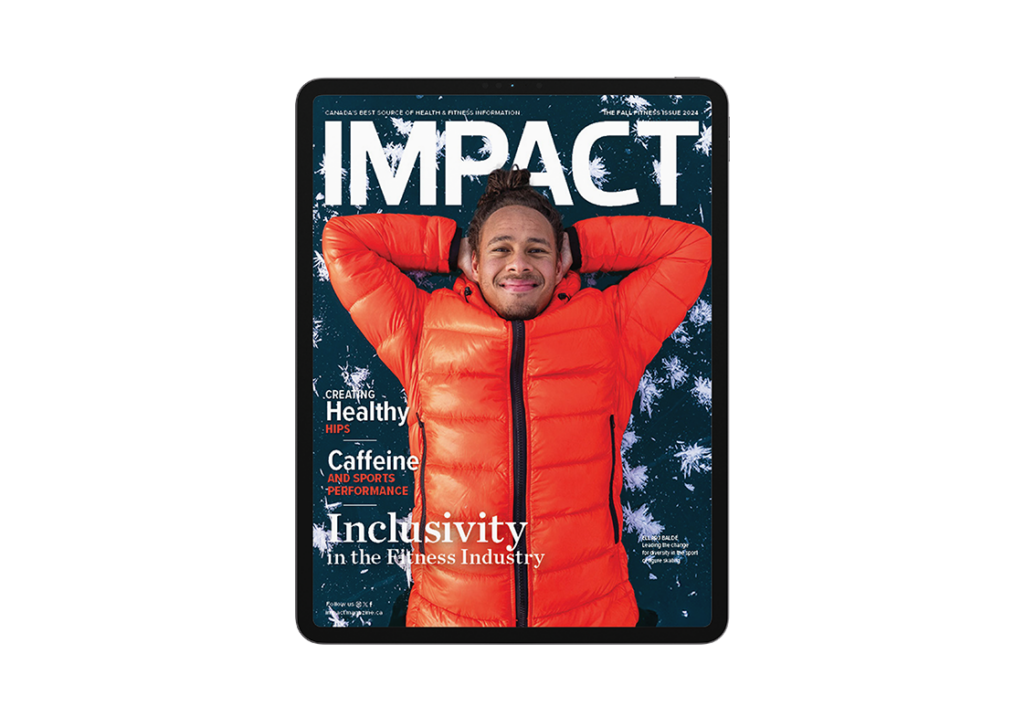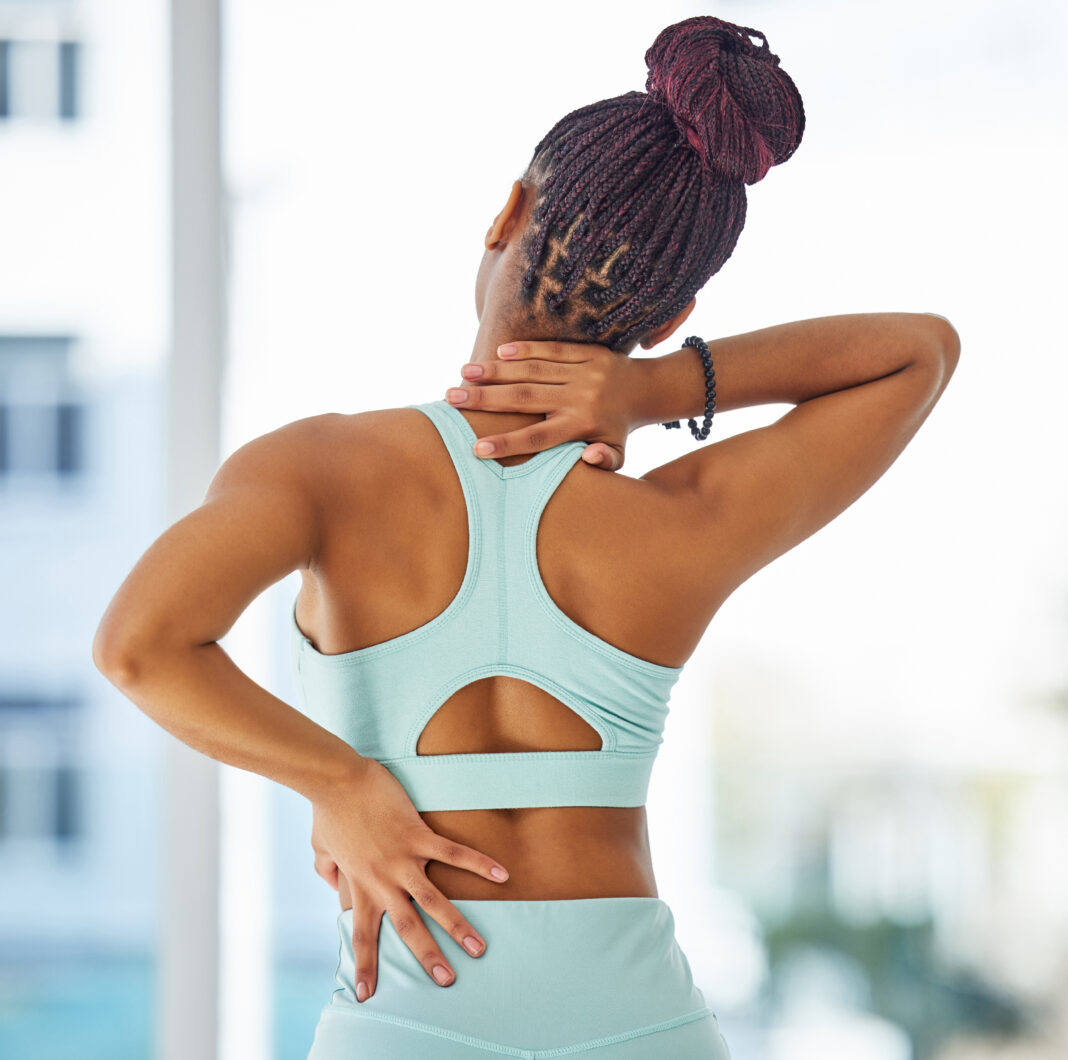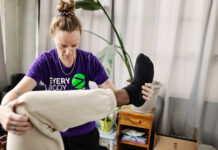Rehabilitation of soft-tissue injuries can be complex.
Over the years, acronyms guiding their management have evolved from ICE to RICE, then on to PRICE and POLICE. Although widely known, these previous acronyms focus on acute management, unfortunately ignoring subacute and chronic stages of tissue healing.
Our contemporary acronyms encompass the rehabilitation continuum from immediate care (PEACE) to subsequent management (LOVE). PEACE and LOVE outline the importance of educating patients and addressing psychosocial factors to enhance recovery. While anti-inflammatories show benefits on pain and function, our acronyms flag their potentially harmful effects on optimal tissue repair. We suggest that they may not be included in the standard management of soft-tissue injuries.
Immediately after injury, do no harm and let PEACE guide your approach.
P for Protect
Unload or restrict movement for one to three days to minimize bleeding, prevent distension of injured fibres and reduce the risk of aggravating the injury. Rest should be minimized as prolonged rest can compromise tissue strength and quality. Pain signals should guide the cessation of protection.
E for Elevate
Elevate the limb higher than the heart to promote interstitial fluid flow out of tissues. Despite weak evidence supporting its use, elevation shows a low risk-to-benefit ratio.
A for Avoid Anti-inflammatory Modalities
The various phases of inflammation help repair damaged soft tissues. Thus, inhibiting inflammation using medications may negatively affect long-term tissue healing, especially when higher dosages are used. Standard of care for soft-tissue injuries should not include anti-inflammatory medications.
We also question the use of cryotherapy. Despite widespread use among clinicians and the population, there is no high-quality evidence on the efficacy of ice for treating soft-tissue injuries. Even if mostly analgesic, ice could potentially disrupt inflammation, angiogenesis and revascularisation, delay neutrophil and macrophage infiltration as well as increase immature myofibres. This may lead to impaired tissue repair and redundant collagen synthesis.
C for Compress
External mechanical pressure using taping or bandages
helps limit intra-articular oedema and tissue haemorrhage. Despite conflicting studies, compression after an ankle sprain seems to reduce swelling and improve quality of life.
E for Educate
Therapists should educate patients on the benefits of an active approach to recovery. Passive modalities, such as electrotherapy, manual therapy or acupuncture, early after injury have insignificant effects on pain and function compared with an active approach and may even be counterproductive in the long term. Indeed, nurturing an external locus of control or the ‘need to be fixed’ can lead to therapy-dependent behaviour. Better education on the condition and load management will help avoid overtreatment. This in turn reduces the likelihood of unnecessary injections or surgery and supports a reduction in the cost of healthcare (e.g. due to disability compensation associated with low back pain). In an era of hi-tech therapeutic options, we strongly advocate for setting realistic expectations with patients about recovery times instead of chasing the ‘magic cure’ approach.
After the first days have passed, soft tissues need LOVE.
L for Load
An active approach with movement and exercise benefits most patients with musculoskeletal disorders. Mechanical stress should be added early, and normal activities resumed as soon as symptoms allow. Optimal loading without exacerbating pain promotes repair, remodelling and builds tissue tolerance and the capacity of tendons, muscles and ligaments through mechanotransduction.
O for Optimism
Optimistic patient expectations are associated with better outcomes and prognosis. Psychological factors such as a catastrophe, depression and fear can represent barriers to recovery. Beliefs and emotions are thought to explain more of the variation in symptoms following an ankle sprain than the degree of pathophysiology.
V for Vascularization
Cardiovascular activity represents a cornerstone in the management of musculoskeletal injuries. While research is needed on dosage, pain-free aerobic exercise should be started a few days after injury to boost motivation and increase blood flow to the injured structures. Early mobilization and aerobic exercise improve physical function, supporting return to work and reducing the need for pain medication in individuals with musculoskeletal conditions.
E for Exercise
There is a strong level of evidence supporting the use of exercise for the treatment of ankle sprains and for reducing the prevalence of recurrent injuries. Exercises help to restore mobility, strength and proprioception early after injury. Pain should be avoided to ensure optimal repair during the subacute phase of recovery and should be used as a guide for exercise progressions.
Managing soft-tissue injuries is more than short-term damage control. Like other injuries, clinicians should aim for favourable long-term outcomes and treat the person with the injury rather than the injury of the person. Whether they are dealing with an ankle sprain or a hamstring strain, give PEACE a chance, because perhaps all soft-tissue injuries need is LOVE.
Originally posted in the British Journal of Sports Medicine blog, and re-printed with permission of authors Blaise Dubois and Jean-Francois Esculier, www.runningclinic.com.
You may also like: Switching from Stretching to Mobilization

Read This Story in Our 2024 Fall Fitness Issue
IMPACT Magazine Fall Fitness Issue 2024 featuring Canadian figure skating icon Elladj Baldé, Paralympic shot putter Greg Stewart, Indigenous rights trail running Anita Cardinal. Adventure travel with some amazing winter getaways, strengthen your back and hips, find the art of joyful movement, Inclusivity in the fitness industry and so much more!

















